Project Description:
Course: Digital Photography for Artists ARTC4250; Senior Studio ARTC4180
Digital Photography has had a large impact on the behavior and function of photography in contemporary culture. The introduction of new media principles into an old medium has shifted the message of the media.
These projects are from upper division courses, comprised of Juniors and Seniors. Students were expected to create advanced work.
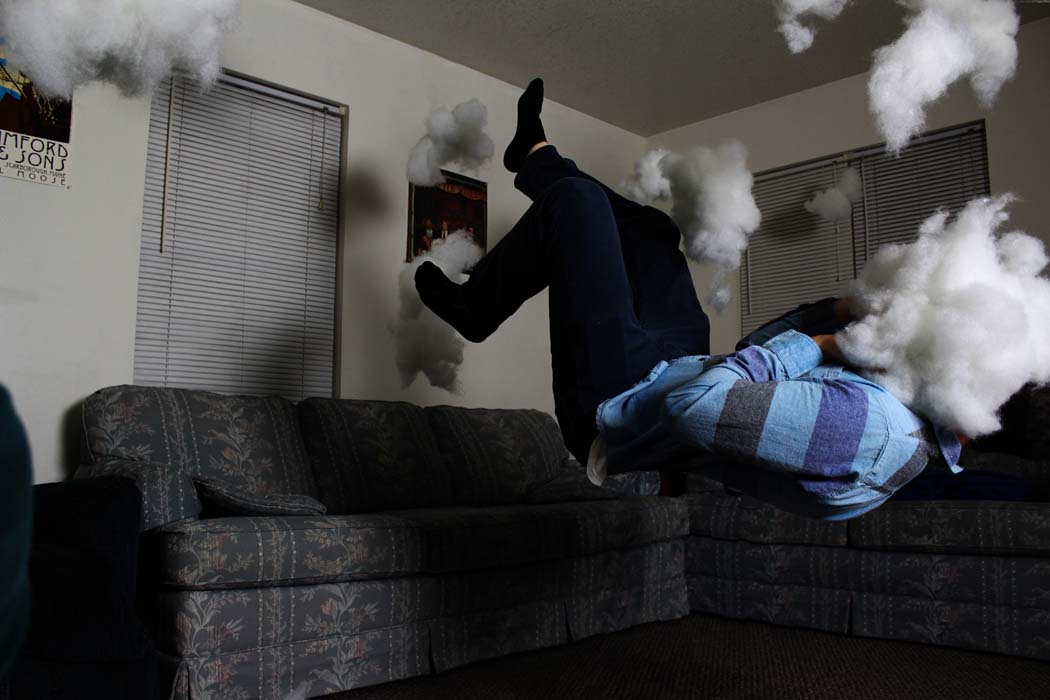
Truth in Photography
Students created digitally enhanced images which questions the truth of the photographic object. They were asked to merge multiple images to create something fantastical, but realistic: the final product was deemed successful when the audience questions whether the image was 'shopped' or simply an amazing studio setup.
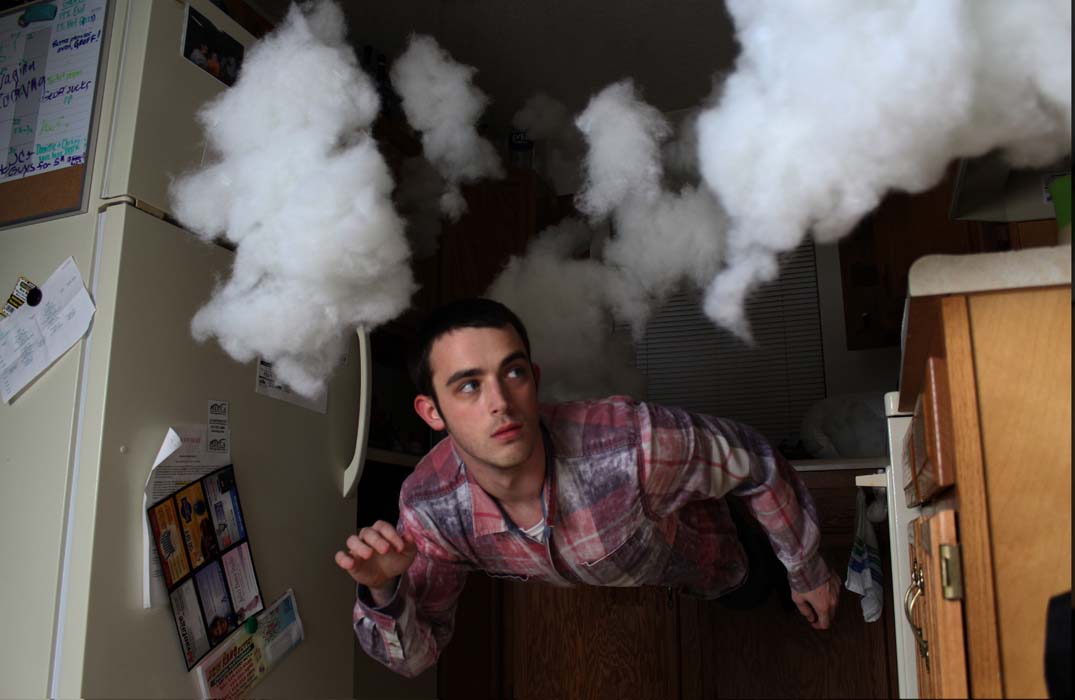
Truth in Photography
Students created digitally enhanced images which questions the truth of the photographic object. They were asked to merge multiple images to create something fantastical, but realistic: the final product was deemed successful when the audience questions whether the image was 'shopped' or simply an amazing studio setup.
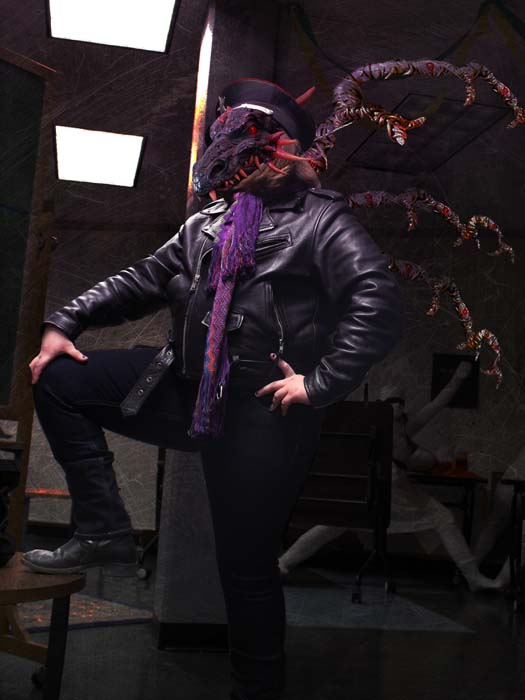
Truth in Photography
Students created digitally enhanced images which questions the truth of the photographic object. They were asked to merge multiple images to create something fantastical, but realistic: the final product was deemed successful when the audience questions whether the image was 'shopped' or simply an amazing studio setup.
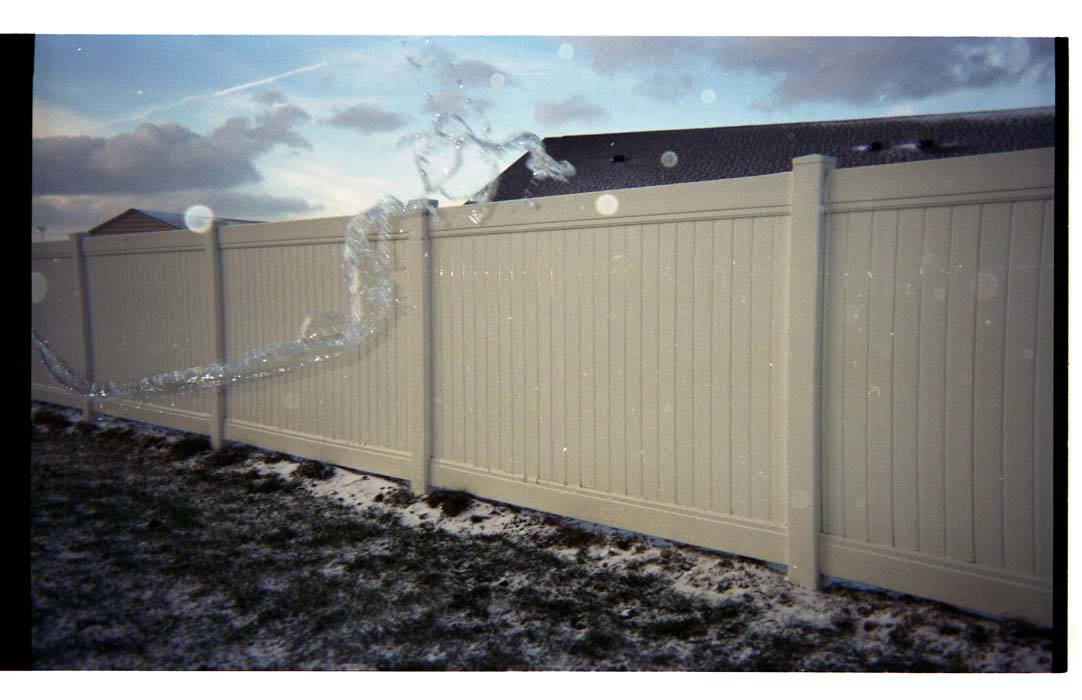
Motion and film
For the first project in the semester, students were asked to use disposable film cameras to capture a moment of motion. This project emphasized control over the lighting and limitations of the (disposable) camera. Afterwards, students digitized their work at high resolutions, made minor digital enhancements and digitally printed their work.
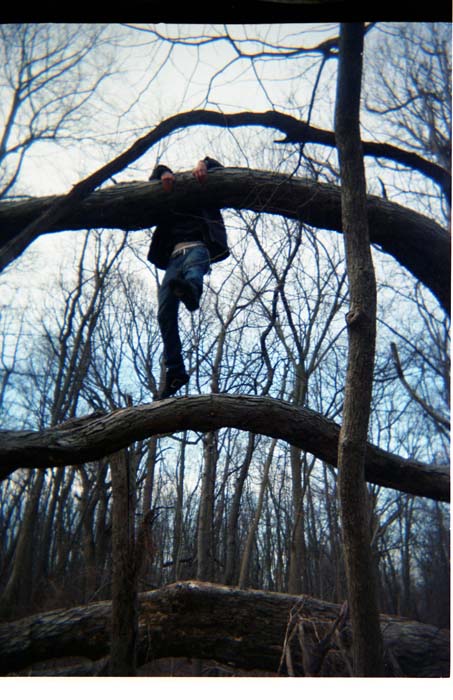
Motion and film
For the first project in the semester, students were asked to use disposable film cameras to capture a moment of motion. This project emphasized control over the lighting and limitations of the (disposable) camera. Afterwards, students digitized their work at high resolutions, made minor digital enhancements and digitally printed their work.
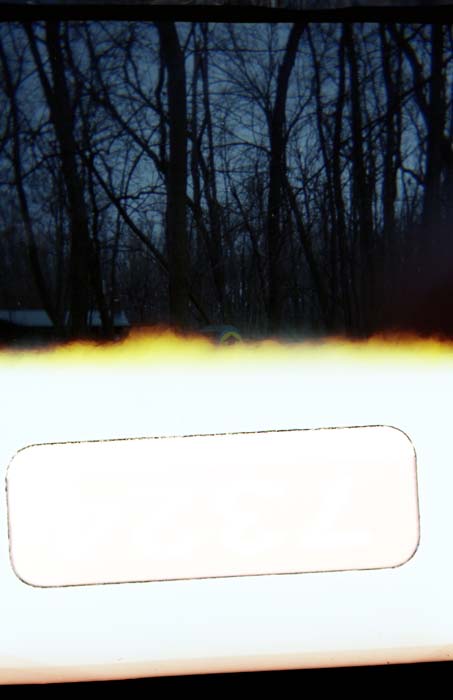
Motion and film
For the first project in the semester, students were asked to use disposable film cameras to capture a moment of motion. This project emphasized control over the lighting and limitations of the (disposable) camera. Afterwards, students digitized their work at high resolutions, made minor digital enhancements and digitally printed their work.
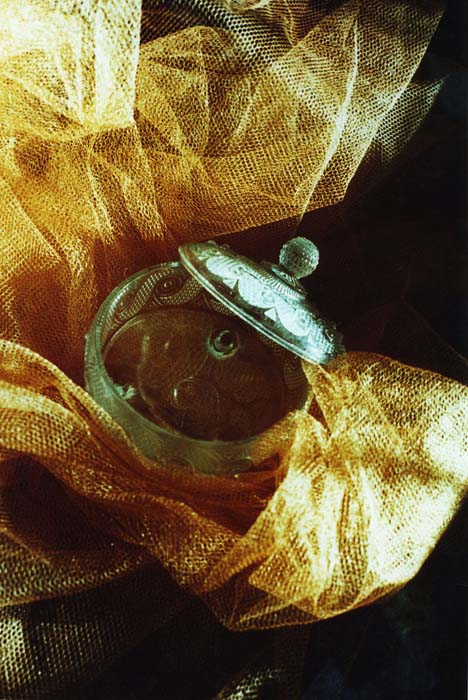
Final class assignment
At the end of the semester, students were asked to revisit their successes throughout the past semester. Their final body of work was to generate six images that together express an idea or theme and that had a consistent formal quality. The works read in content and aesthetics as if they belonged together and each image strengthened an underlying idea.
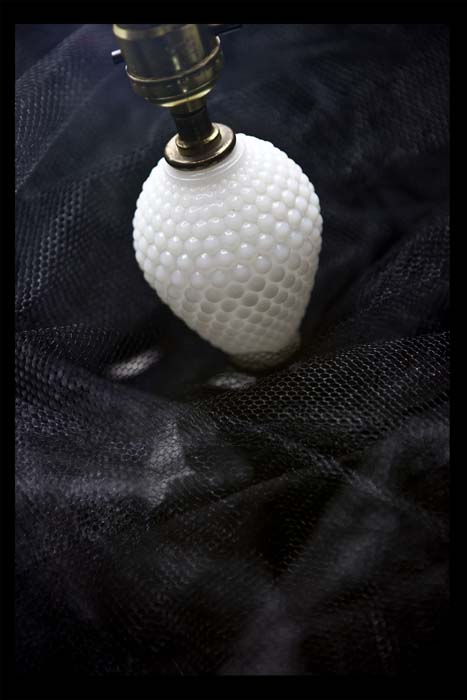
Final class assignment
At the end of the semester, students were asked to revisit their successes throughout the past semester. Their final body of work was to generate six images that together express an idea or theme and that had a consistent formal quality. The works read in content and aesthetics as if they belonged together and each image strengthened an underlying idea.

Database and Photography
Click [HERE] for web demonstration.The forms of database and photography have been linked together since the advent of the photographic medium. Students were to consider the behavior of a database and photographic collecting as an aesthetic and curative practice. To populate the database, each week the students created dozens of images for a specific photographic challenge (e.g. shallow depth of field, overexposed, quiet, reflections without a mirror, etc.). As a team, students debated the selections provided until three images from the weekly set were selected. After weeks of collecting images, students then populated the database for web display.

Stephen BFA thesis
Click [HERE] for web demonstration."Lightness, Darkness and especially scenes and situations that contrasted both extremes are subjects that I have explored repeatedly in my photography. Light became a strong metaphor for knowing, understanding. Within my BFA work I wanted to capture people as they truly are at their deepest and most “real” moments. For this project I took over 4,000 photographs, and then after close analysis eliminated all but these 40 prints and 16 gifs (or short animations). Each picture shows a particular quality of light or human intimacy at a particular time, and each gif shows the transience of the still moment as well as the small gestures that make us who we are as we change over time. My objective in making this piece was to put together a system for understanding that went beyond a singular moment in time. The grid structure does not provide a narrative, but a correlation that helps to inform and highlight certain qualities and attributes about light, intimacy, and understanding in a way that no one picture could."